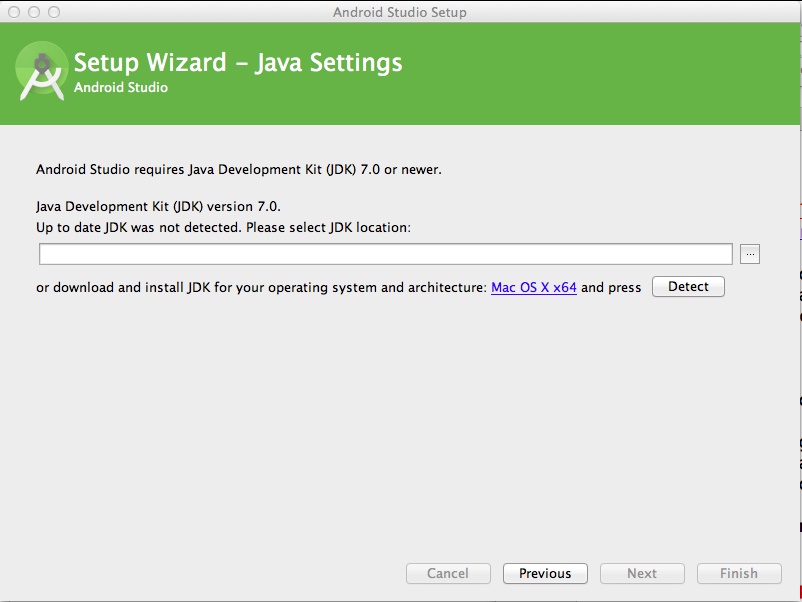- Android Sdk Manager Download
- Download Sdk Android
- Android Sdk Tools Download
- Download Android Sdk Windows 64 Bit
Follow the official Uptodown communities to keep up with all the new Android apps and games. Android Studio is the official IDE for Android application development, based on IntelliJ IDEA. On top of the capabilities you expect from IntelliJ, Android Studio offers: flexible Gradle-based build system, build variants and multiple apk file generation, code templates to help you build common app features, and rich layout editor with support for drag and drop theme editing.
Android Sdk Manager Download
Android Studio is a new IDE for the Android operating system. Launched by Google, it offers new tools for developing apps and is a good alternative to Eclipse, currently the most popular IDE.
When you create a new project on Android Studio, the project's structure will appear with almost all the files in one SRC directory. This is a change that's been made to a generating system based on Gradle that provides greater flexibility while you're building. In addition, thanks to its integrated emulation system, Android Studio lets you view changes made to your app in real time so you can simultaneously see how everything is displayed on different Android devices according to different configurations and resolutions.
Among the many features offered by Android Studio are code-packing and tagging tools to help you organize yourself when implementing huge quantities of code, as well as a drag-and-drop system to move components around on the user interface. This new IDE also has Google Cloud Messaging, a feature to send data from the server to Android via the cloud so you can, for instance, send Push notifications to your apps. Android Studio can also help you track app development, giving you a more visual way to program and control the flow of the app.
What does Android Studio offer?
- A clear and robust development environment.
- Easy testing of functionality on different types of devices.
- Assistants and templates for commonly used programming elements on Android.
- A comprehensive editor with many extra tools to facilitate app development.
When you create a new project on Android Studio, the project's structure will appear with almost all the files in one SRC directory. This is a change that's been made to a generating system based on Gradle that provides greater flexibility while you're building. In addition, thanks to its integrated emulation system, Android Studio lets you view changes made to your app in real time so you can simultaneously see how everything is displayed on different Android devices according to different configurations and resolutions.
Among the many features offered by Android Studio are code-packing and tagging tools to help you organize yourself when implementing huge quantities of code, as well as a drag-and-drop system to move components around on the user interface. This new IDE also has Google Cloud Messaging, a feature to send data from the server to Android via the cloud so you can, for instance, send Push notifications to your apps. Android Studio can also help you track app development, giving you a more visual way to program and control the flow of the app.
What does Android Studio offer?
- A clear and robust development environment.
- Easy testing of functionality on different types of devices.
- Assistants and templates for commonly used programming elements on Android.
- A comprehensive editor with many extra tools to facilitate app development.


Download Sdk Android
Android Sdk Tools Download

Download Android Sdk Windows 64 Bit
Technical docs > Configuring Android Studio: IDE & VM Options, JDK, etc > Mac OSX JDK Selection
|